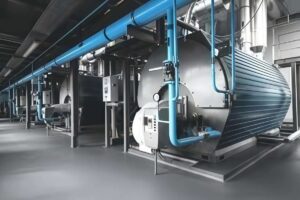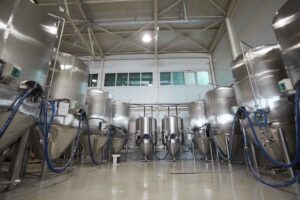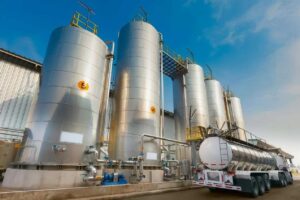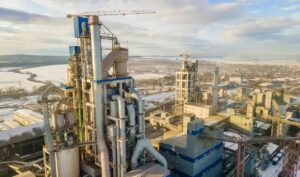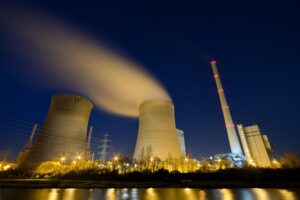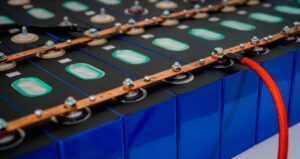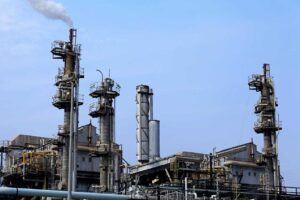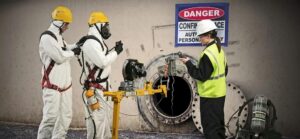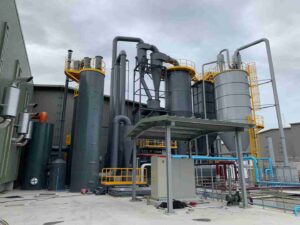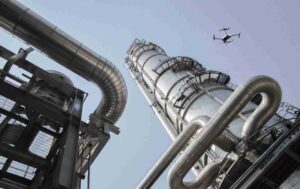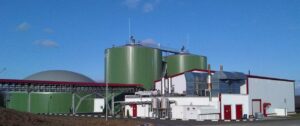What is an Infrared Gas Sensor
An infrared gas sensor is a kind of gas sensing device based on the near-infrared spectral selective absorption characteristics of different gas molecules, using the relationship between gas concentration and absorption intensity to identify gas components and determine their concentration.
Compared with other types of gas sensors such as electrochemical, catalytic combustion, semiconductor, etc., it has a series of advantages such as wide range of applications, long service life, high sensitivity, good stability, suitable for a wide range of gases, cost-effective, low maintenance costs, online analysis, etc., and it is widely used in the fields of petrochemistry, metallurgical industry, industrial and mining mining, atmospheric pollution detection, agriculture, health care and so on.
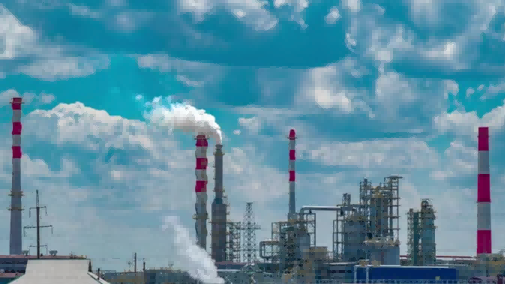
How Infrared Gas Sensors Work
Infrared absorption spectroscopy is a type of molecular absorption spectroscopy. When a sample is irradiated with infrared light of continuously varying frequency, the molecules absorb radiation at certain frequencies and cause a net change in the dipole moment by their vibrational or rotational motions, resulting in a jump in the molecular vibrational and rotational energy levels from the ground state to the excited state, which diminishes the intensity of the transmitted light corresponding to these absorption regions. An infrared spectrum is obtained by recording the percentage transmittance of infrared light as a function of wave number or wavelength.

Infrared energy is absorbed when the wavelength of the infrared light coincides with the absorption spectrum of the gas under test. The attenuation of infrared light through a gas satisfies the Lambert-Beer law. The greater the gas concentration, the greater the attenuation of light. Therefore, the gas concentration can be measured by measuring the attenuation of infrared light by the gas. To ensure that the number of linear relationships, when the concentration of the component to be measured is large, the analyzer’s measurement chamber is shorter, the shortest is 0.3mm; when the concentration is low, the measurement chamber is longer, the longest is more than 200mm. After absorption of the remaining light can be detected by the infrared detector.
Spectroscopy refers to the use of prisms or gratings for spectroscopy, the infrared light emitted by the light source is divided into two beams of light completely symmetrical: the reference beam and the sample beam. They are modulated by a semicircular modulating mirror, alternately into the slit of the monochromator, through the prism or grating spectroscopy by a thermocouple to detect the intensity difference between the two beams of light. When there is no sample absorption in the optical path of the sample beam, the thermocouple does not output a signal. Once into the test sample, the sample absorbs infrared light, two beams of light intensity difference, thermocouple will be about 10Hz signal output, after amplification to the machine, adjust the reference beam on the light wedge, so that the intensity of the two beams of light to re-balance, by the pen record bit Xuan directly pointed out a wavelength of the sample transmittance, the number of waves of the continuous changes in the sample of the infrared absorption spectra or transmission spectra are automatically recorded. Gas sensors based on this principle are called spectroscopic infrared gas sensors.

With the development of infrared optical materials and microelectronic packaging technology, infrared detectors have narrow-band interference filters for different gases fixed on their packages. By using infrared sensors with fixed filters of different wavelengths, the measurement of different gases can be realized.
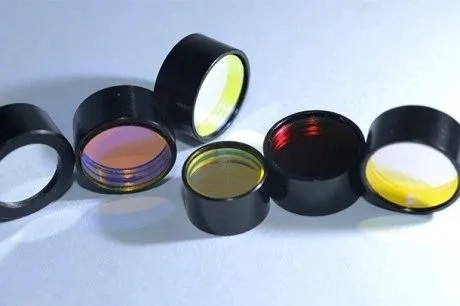
narrowband interference filter
A pyroelectric material is a dielectric with spontaneous polarization, which varies with temperature and can be described by the pyroelectric coefficient p, p = dP/dT (P is the polarization strength and F is the temperature). At a constant temperature, the spontaneous polarization of the material is neutralized by the charge in the body and the adsorbed charge on the surface. If the pyroelectric material is made into a parallel sheet whose surface is perpendicular to the direction of polarization, when infrared radiation is incident on the surface of the sheet, the sheet undergoes a temperature change due to the absorption of the radiation, causing a change in the polarization intensity. The neutralization charge due to the high resistivity of the material can not keep up with this change, the result is a transient voltage between the two surfaces of the sheet. If there is an external resistance across the two surfaces, the charge is released through an external circuit. In addition to the size of the current is proportional to the pyroelectric coefficient, but also proportional to the rate of change of the temperature of the sheet, which can be used to measure the intensity of incident radiation. Pyroelectric type infrared detectors are all composed of small thin slices of high-quality pyroelectric materials such as tri-glycerolphthalein sulfate (TGS) and lithium tantalate (LiTa03) (p of the order of magnitude of 10-8C/Kcm2) as the response element, together with the bracket, the tube shell, and the window, etc. The pyroelectric type infrared detector can be used to measure the intensity of the incident radiation. It works at room temperature, There is no selectivity for the wavelength thermopile structure radiation receiving surface is divided into a number of blocks, each connected to a thermocouple. Connecting them in series constitutes a thermopile. According to different uses, the practical thermopile can be made of filament type and thin film type, and can also be made of multi-channel type and array type devices. Sensors with infrared bandpass filters are used for infrared absorption gas detection. The fundamental difference between pyroelectric and thermopile infrared detectors is that the latter uses the response element of the temperature rise to measure infrared radiation; the response time depends on the establishment of a new equilibrium temperature process, the time is relatively long, and can not measure rapid changes in the radiation signal. In contrast, pyroelectric detectors utilize the rate of change of temperature, and thus can detect rapidly changing radiation signals. The detection rate of this detector at room temperature can be up to D: 1 ~ 2x109cm. Hz / W. Since the mid-1970s, this detector in the laboratory spectroscopic measurements to gradually replaced the temperature difference between the electrical type detectors and pneumatic type detectors.
With these window-filtered infrared detectors, the intensity of infrared light in the band corresponding to the filter, i.e., the absorption band of the corresponding gas, can be measured directly without spectroscopy, and such gas sensors are called non-discriminating infrared (NDIR) gas sensors.
Non-Dispersive Infrared Sensor Core Technology
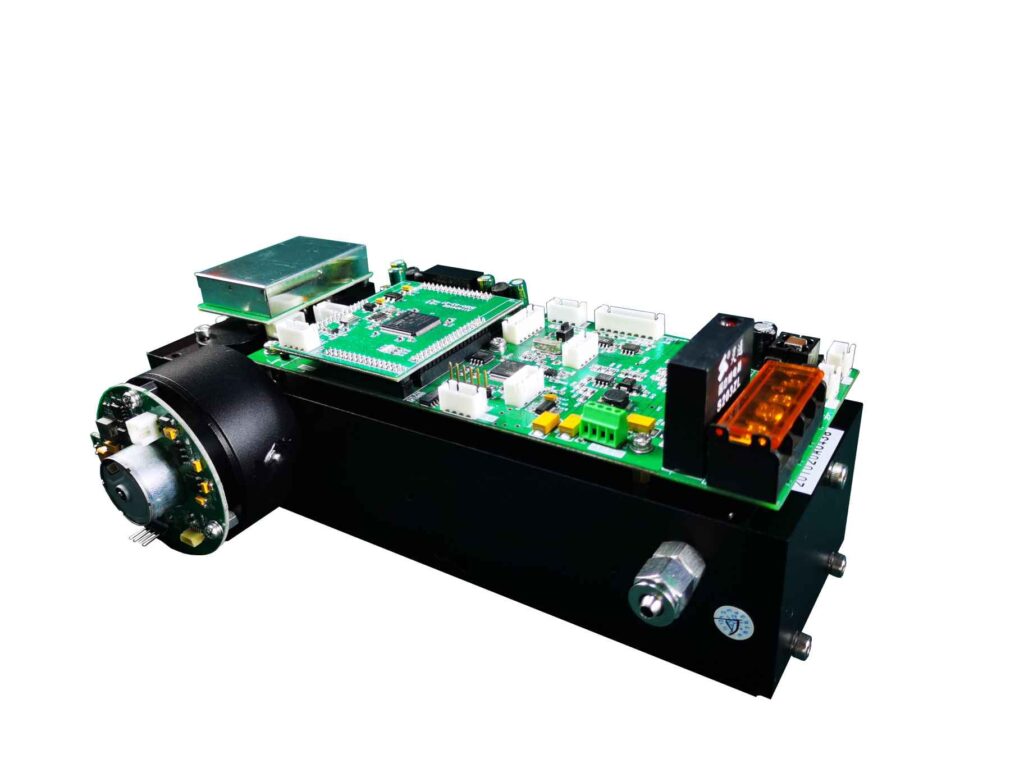
Basic Mechanisms of NDIR Gas Analysis:
When infrared light passes through the gas to be measured, these gas molecules absorb infrared light of specific wavelengths, and the absorption relationship obeys Lambert-Beer (Lambert-Beer absorption law). Set the incident light to be parallel light, its intensity for I0, the intensity of the incident light for I, and the thickness of the gas medium for L. When the gas medium by the number of molecules in the absorption of dN causing a weakening of the intensity of dI, according to the Lambert – Beer’s law of absorption: dI / I = – KdN, where K is a constant of proportionality. After integration, we get.
lnI=-KN+α(1).
Where: N is the total number of molecules in the absorbing gas medium;α is the integration constant. Obviously, N ∝ cl, c is the gas concentration. Then the formula (1) can be written as follows.
I=exp(α)exp(-KN)=exp(α)exp(-μcL)=I0exp(-μcL) (2)
Eq. (2) shows that the light intensity decays exponentially with concentration c and thickness L in a gaseous medium. The absorption coefficient depends on the gas properties, and the absorption coefficient μ varies for each gas. For the same gas, μ varies with the incident wavelength. If the absorbing medium contains i absorbing gases, equation (2) should be changed to.
I=I0exp(-l∑μi ci) (3)
Therefore, for multiple gas mixtures, in order to analyze specific components, a narrow-band filter suitable for analyzing the absorption wavelength of the gas should be installed in front of the sensor or the infrared light source, so that the signal change of the sensor reflects only the change in the concentration of the gas to be measured.
Take CO2 analysis as an example, the infrared light source emits infrared light of 1-20um, which is absorbed by a gas chamber of a certain length, and then passes through a narrow-band filter with a wavelength of 4.26μm, and then an infrared sensor monitors the intensity of the infrared light passing through the wavelength of 4.26um, which indicates the concentration of the CO2 gas, and the electrically-modulated NDIR infrared gas sensor adopts the following key technologies:
1. Infrared light source and its modulation pulsIR, reflectIR, and other new electrically modulated infrared light sources, etc., the temperature rises and falls very quickly. Infrared light source emission window installed on the transparent window, on the one hand, can ensure that the wavelength of infrared light emitted in a specific range, suitable for conventional gases such as CO2, CO, CH4, NO, SO2, and other gases for measurement. It also prevents the external environment from influencing the temperature of the light source.
2. The coated gas chamber adopts the structure of separating the gas chamber from the outer support, so that the gas chamber can be fixedly installed in the center of the support structure during installation. This structural design ensures that the component is easy to load and unload, and replace; at the same time, due to the separation of the outer support, it further reduces the impact of external conditions, so that the instrument can adapt to the work of complex environments. In addition, some of the original need for longer air chamber sensors, using the previous method of processing coating process is very difficult, the use of this method will be very easy, and the cost will also be greatly reduced. The traditional gas chamber and the external support of the integrated design, with easy to manufacture, easy to install and other advantages, but by the external temperature fluctuations have a greater impact; Secondly, due to the complexity of the analyzed gas composition, with a certain degree of corrosiveness, such as SO2 ﹑ NOx, etc., after a long period after the use of the gas chamber is highly susceptible to contamination, which directly affects the accuracy of the measurement.
3. The infrared detector, the core component of the NDIR gas sensor, the measurement accuracy depends largely on the performance of the sensor. Narrowband interference filters for different gases are fixedly mounted on the package, which can realize the measurement of different gases. To ensure that the infrared detector gets a strong and stable signal, an infrared detector orientation axis can be designed, even if the position of the infrared detector welded on the preamplifier board has a certain deviation, the sensor can ensure that the infrared light source and the gas chamber are located in the same optical center axis. An infrared detector to receive infrared light generated by the signal is very weak, very susceptible to external interference, so a stable and reliable preamplification circuit is the key. It is best to use a high-precision, low-drift analog amplifier circuit and the use of a narrow-band filter circuit. Pre-amplification circuit is characterized by high precision, small drift and fast response. The pre-amplified signal passes through the secondary amplification circuit, directly outputs a signal corresponding to the gas concentration, and sends it to the measurement and control system, and then gets the gas concentration through nonlinear correction and compensation.
4. A sensor measurement and control system to realize the NDIR gas sensor measurement, control, and automatic calibration, and other functions requires a suitable microcontroller to manage the sensor. The sensor measurement and control system collects the infrared output signal and measures the standard gas curve, and adopts the nonlinear correction algorithm to obtain the concentration of the measured gas directly.
Conclusion
By adopting the above technology, the structure of the NDIR infrared gas sensor will be greatly simplified compared with the previous instrument, the power consumption of the instrument will be greatly reduced (only 1/4 of the previous), and the cost of the sensor will be less than 1/4 of the previous technology. This kind of sensor can be modularized and standardized, and therefore is more suitable for the wide use of the instrument in our country.





